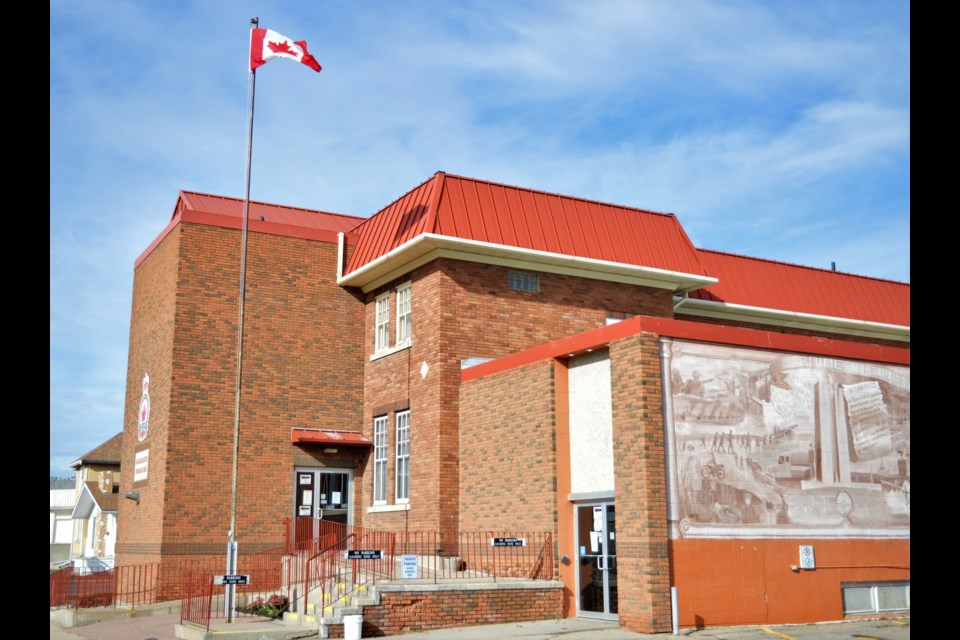Nearly 200 men from Moose Jaw fought and died in the First World War, something that Moose Jaw’s Royal Canadian Legion Branch No. 59 and Moose Jaw Express/MooseJawToday.com are highlighting through a multi-part series.
In this article, the Moose Jaw Express/MooseJawToday.com is highlighting Lt. James Gibson Laurier Fraser, Pte. Harry Pope, Pte. Leland Ross, Lance-Cpl. Reginald Robert Salisbury and Pte. Charles Foster McCargar Scott.
Fraser was born on Sept. 14, 1895 in New Glasgow, Nova Scotia and was the son of former Nova Scotia Lt.-Gov. Duncan Cameron Fraser and Bessie Grant (nee Graham) and brother to Annie, Sarah, Alistair, Margaret, George and Harvey.
Margaret was killed on June 27, 1918 while serving overseas as a matron, while Alistair served as lieutenant-governor of Nova Scotia from 1952-58.
Fraser later moved to Moose Jaw and lived at 120 Athabasca Street East. He enlisted in The Friendly City on Feb. 16, 1916 and then joined the 16th Battalion (Manitoba Regiment).
The former Nova Scotian was killed at age 22 on March 4, 1918 while fighting in France and was buried at Bully-Grenay Cemetery.
Pope was born on April 2, 1890 in London, England and later moved to Moose Jaw, where he married Lily. He enlisted on Dec. 18, 1914 and joined the 46th Battalion (Saskatchewan Regiment).
He almost lived to see the end of the war, but was killed in battle on Sept. 29, 1918 during the Last Hundred Days campaign. He was buried in Cantimpre Canadian Cemetery in Nord, France.
Ross was born in Minneapolis, Minn., in 1891 to Mr. and Mrs. E.N. Ross before later moving to Moose Jaw. He eventually joined the 49th Battalion (Albert Regiment) and served overseas with the unit.
Ross died at age 26 on April 9, 1917, the first day of the Battle of Vimy Ridge. His body was found — unlike thousands of others — so the military buried him in the Bois-Carrie British Cemetery in France.
Salisbury was born on 1887 to Minnie Salisbury and the late Robert J. Salisbury of 160 Athabasca Street East. He joined up with the 8th Battalion (Manitoba Regiment) and served overseas with the unit.
Unlike Ross, whose body was found after he died, Salisbury’s corpse was never recovered. He was killed on Sept. 26, 1916, likely during the Battle of Courcelette. His name was later inscribed on the Vimy Ridge monument, joining more than 11,000 other Canadian soldiers with no known graves.
Scott was born on May 25, 1896 in Winchester, Ont., to Walter and Nora Scott. He later moved to Moose Jaw and enlisted in the city on June 10, 1916, where he joined the 46th Battalion (Saskatchewan Regiment).
The young man travelled overseas with his unit, where he died at age 21 on Oct. 26, 1917, likely while fighting during the muddy Battle of Passchendaele. His body was never found, so his name was inscribed on the Menin Gate Memorial in Ypres, Belgium.




